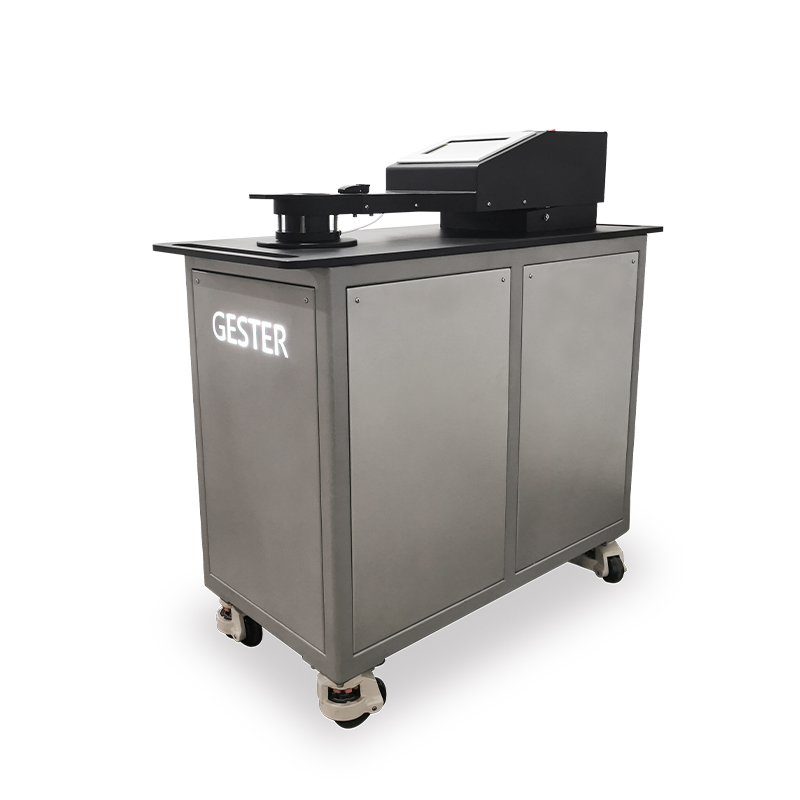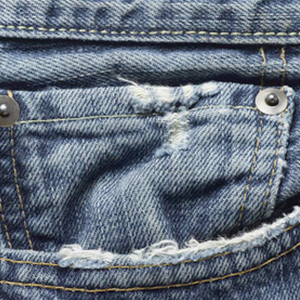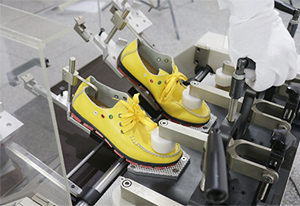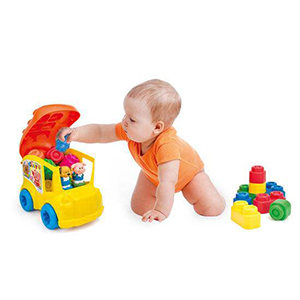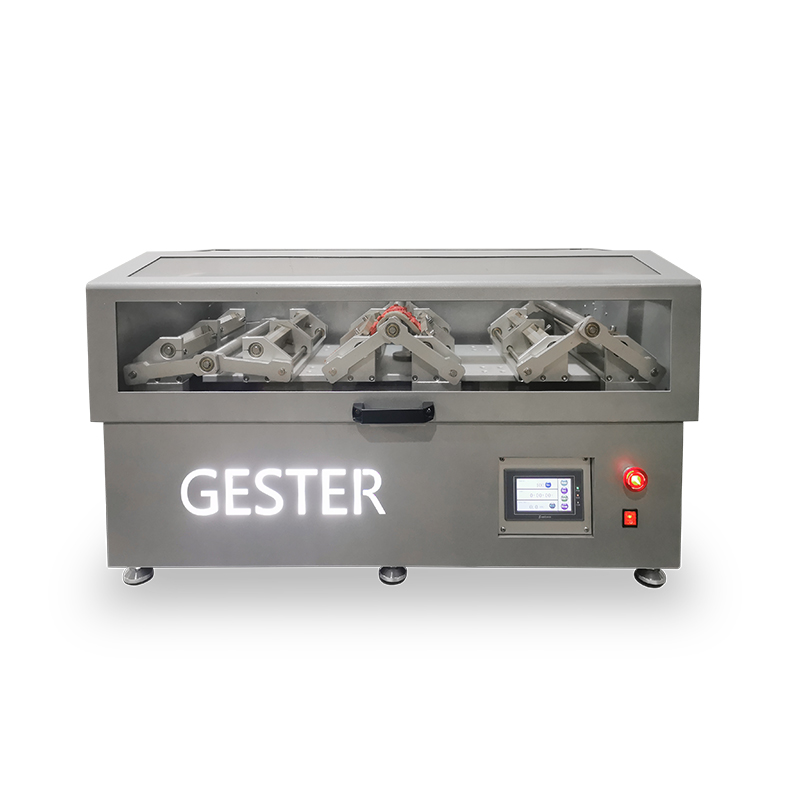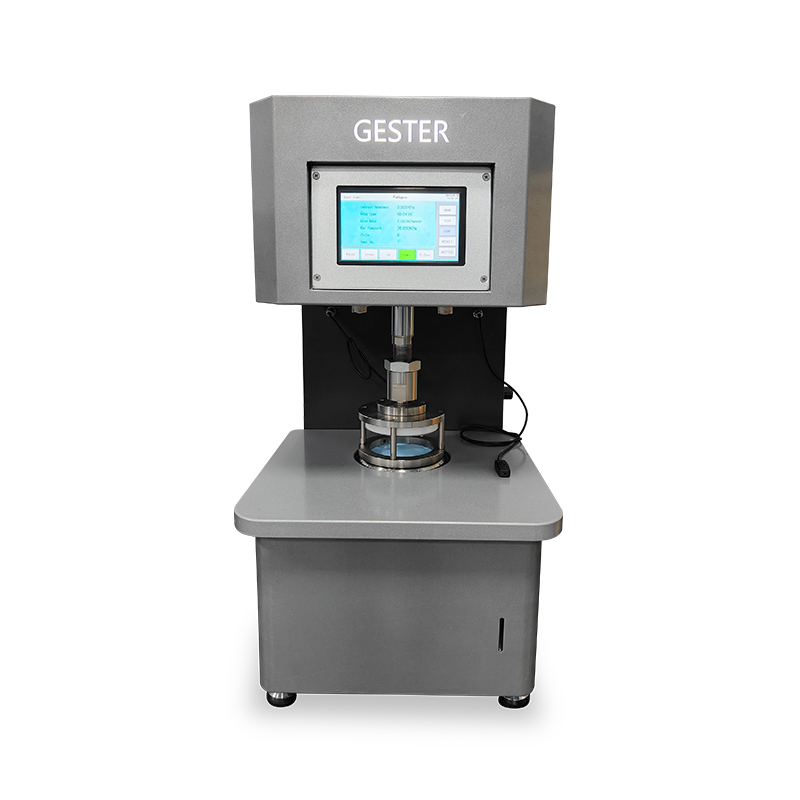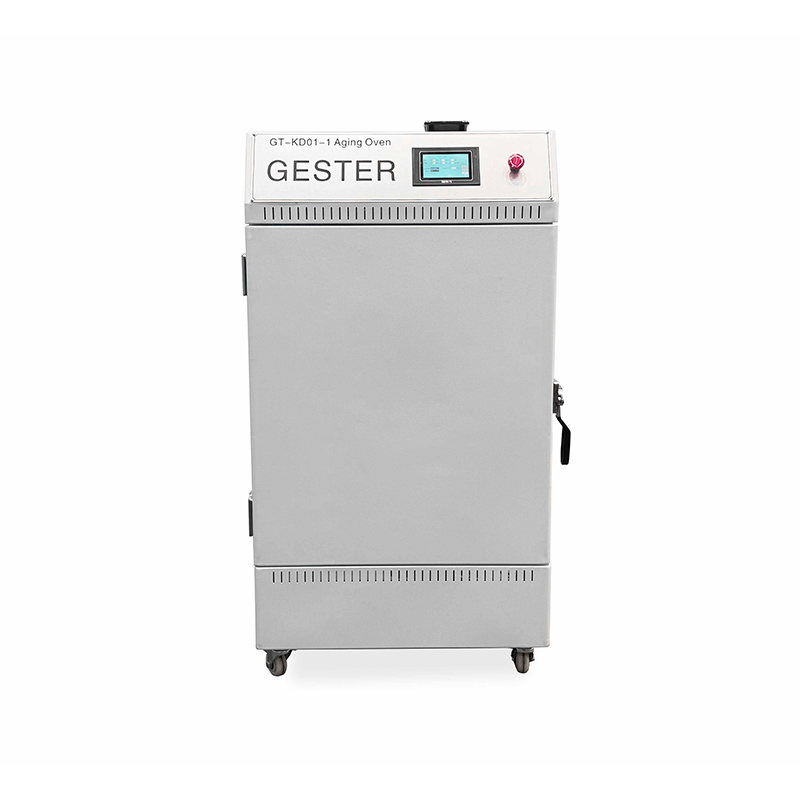Common problems in hydrostatic pressure testing
July 23, 2018
The waterproof property of the fabric is mainly divided into the resistance of the fabric to water wetting and the resistance of the fabric to water infiltration. The waterproof property of the fabric is characterized by the grade of water contamination, the grade of resistance to static water pressure, the permeability of water, etc. The testing methods are mainly divided into the dip method (spray method) and the static water pressure method. Common Problems happens during testing Improper operation may affect the results during hydrostatic pressure test. The following situations may affect the test results. To make sure there is no air between the sample and water before clamp the sample, then clamp the sample for test. If there is any air between sample and water, then water can't completely touch with specified test area, finally there will not appear water droplets in some part of the sample area, it will also affect the test result. During the test, try your best to ensure that the edge of the sample clamping device does not leak water and water. If the sample water seepage, leakage, on the edge of the clamping device testing will have water leaking from edge clamping device, sample test pressure can appear unstable phenomenon, it does not guarantee the accuracy of experimental results, will affect the result of the experiment. >>>GT-C26B Hydrostatic Pressure Testing Machine Determination of test end points Hydrostatic test standard, GB/T 4744-2013 textile waterproof performance testing and evaluation of hydrostatic pressure law provisions recorded in the presence of water samples on the third place of hydrostatic pressure value, test the finish for the third water droplets appear. If the test endpoint is not selected correctly during the test, it will have a direct impact on the reading of the experimental results, and the incorrect experimental results will be obtained.>>>GT-C26A Hydrostatic Head Tester for Textile Some special cases are as follows: If a third place water droplets appear on the edge of the clamping device, and leads to the third place drops of hydrostatic pressure value is lower than the same samples of other normal sample minimum, should eliminate this data, supplementary sample test separately, until get the normal experimental results. Under normal circumstances, the specimen edges due to the pressure of the clamping device, the edge of the specimen, prone to damage test, edge may be seeping water, in this case, is the analysis of the experiment test results, analysis of whether there lowest test value is lower than other normal sample, whether to need to supplement samples. In the standard annotations, if appear when the fabric rupture, water jet or compound fabric summon of filling water, record the pressure value, and introduced the experimental phenomena in the report. The above situations should be taken as the test end of the experiment. How to solve Exception? Hydrostatic test results discrete...
View More
